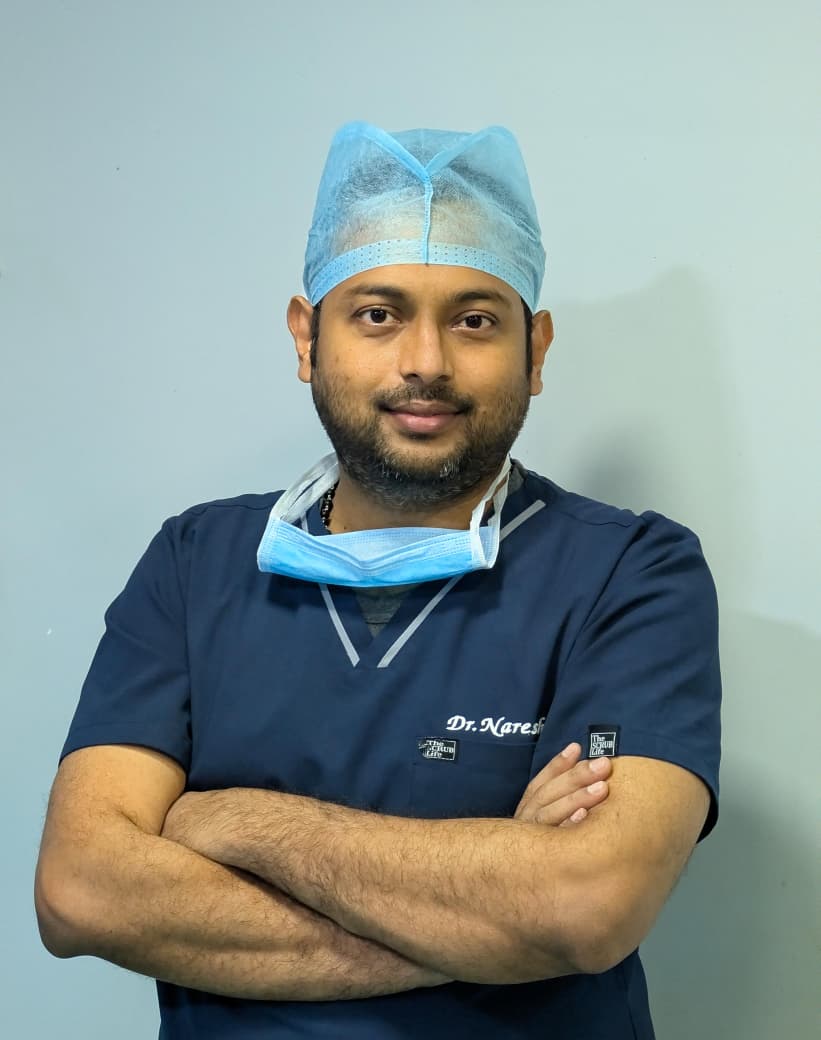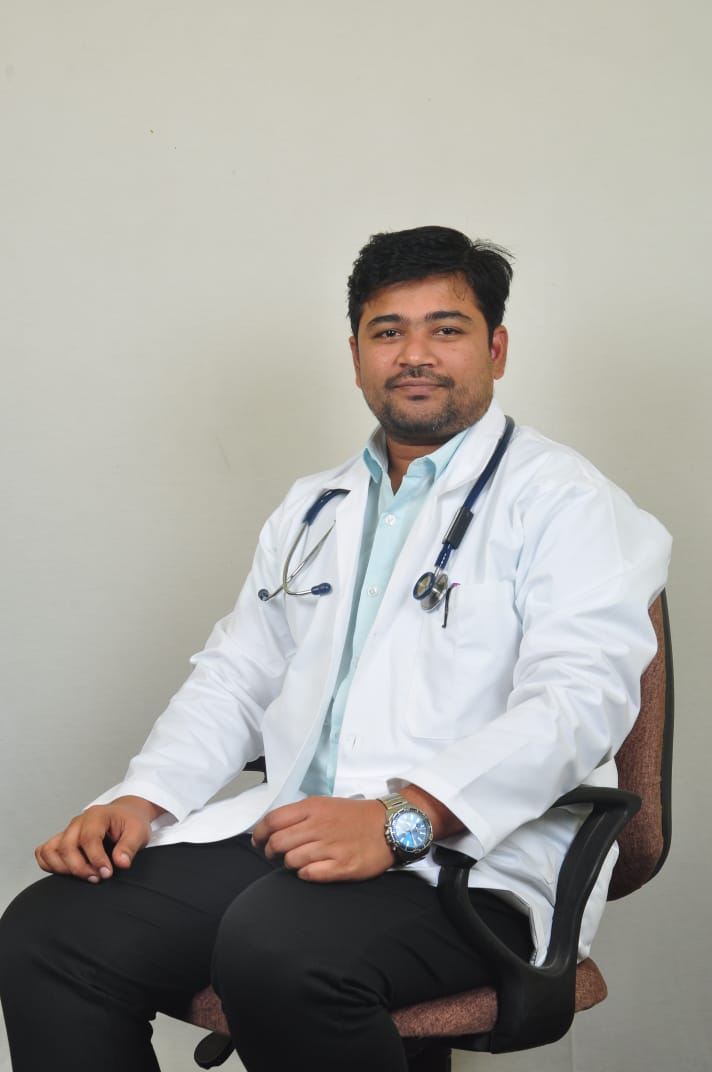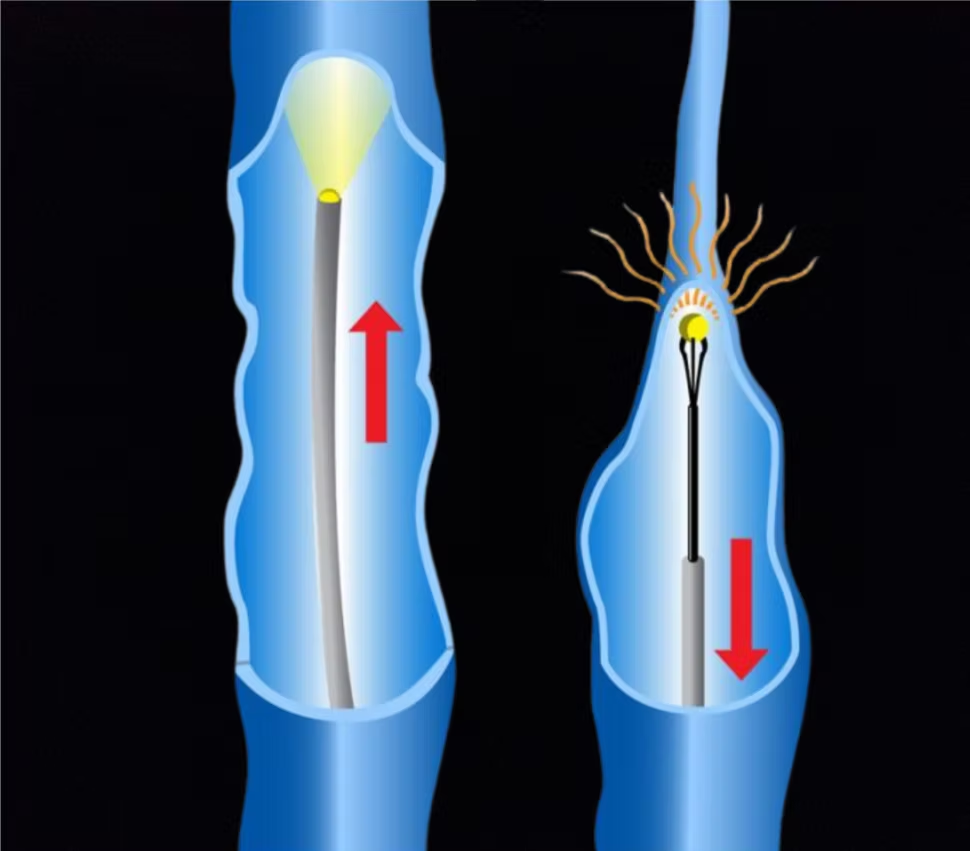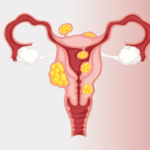Do you have a visible lump or swelling in the scrotum? These symptoms could indicate the presence of varicocele. At Hepta Care Health, we provide comprehensive care and treatment for varicocele. We house highly experienced doctors who are trained in traditional and modern techniques of Varicocele Surgery. Get in touch with us and get a cost estimate for Varicocele Surgery.
Happy Patients
Disease
Hospitals
Cities
Varicocele is a medical condition characterized by the enlargement of veins within the scrotum, which is the sac that holds the testicles. It occurs when the valves in the veins that regulate blood flow from the testicles to the heart become weak or damaged, causing blood to pool and the veins to dilate. The exact cause of varicocele is not fully understood, but it is believed to be mainly due to anatomical variations in the veins or defects in the valves that normally prevent the backflow of blood. Varicoceles are most commonly found on the left side of the scrotum, although they can occur on both sides.
Varicoceles are relatively common and are often harmless. However, they can sometimes lead to complications or cause discomfort. Common symptoms include a dull ache or pain in the scrotum, especially after physical exertion or prolonged standing, and a feeling of heaviness or dragging sensation. Some individuals may also experience testicular atrophy (shrinkage) or infertility issues due to the increased temperature in the scrotum affecting sperm production.

The diagnosis of varicocele typically involves a combination of a medical history review, physical examination, and sometimes additional diagnostic tests. Here is an overview of the diagnostic process to identify the severity and determine the best approach for varicocele surgery:
In some cases, the doctor may recommend additional tests to confirm the diagnosis and evaluate the severity of the varicocele.
Based on the findings from the medical history, physical examination, and any additional tests, your doctor will be able to confirm the diagnosis.
Treatment options for varicocele can be categorized into surgical and non-surgical approaches. The choice of treatment depends on factors such as the severity of symptoms, impact on fertility, and personal preferences.
The surgical treatment for varicocele is called Varicocelectomy Surgery. It can be performed through different techniques, including open surgery (inguinal or subinguinal approach) or minimally invasive laparoscopic or microscopic procedures. The procedure involves accessing the affected veins, tying them, and/or removing them. This redirects the blood flow to the healthier veins and provides relief from the symptoms. Open varicocele surgery is invasive as it involves making large incisions in the groin or scrotum to access the vein. However, with laparoscopic and microscopic techniques, varicocele surgery is made minimally invasive, allowing faster recovery and lower recurrence rates. The laser surgery for varicocele helps seal the affected veins which are the spermatic veins with the help of the diode laser. This is a more effective method that promotes a quick and smoother recovery.
The non-surgical treatment option is Varicocele Embolization. Also known as percutaneous embolization, it is a minimally invasive procedure performed by an interventional radiologist. It involves the insertion of a small catheter through a vein and the use of coils or sclerosing agents to block the affected veins. Embolization is an alternative to surgery, particularly for individuals who may not be suitable candidates for surgery or prefer a non-surgical approach.
If the varicocele is not causing significant symptoms or fertility issues, a conservative approach focusing on managing discomfort or pain may be recommended. This can include over-the-counter pain relievers (e.g., acetaminophen), scrotal support garments (e.g., athletic supporters or compression underwear), and lifestyle modifications (e.g., avoiding prolonged standing or strenuous activities).
It is important to note that not all varicoceles require treatment. If the varicocele is asymptomatic, not affecting fertility, and causing no significant discomfort, observation without intervention may be an appropriate approach. Regular monitoring and follow-ups with the doctor are essential to assess any changes in symptoms or fertility status.
The purpose of varicocele surgery is to seal the enlarged and malfunctioning vein in the scrotum and redirect it to the healthy veins, which is best performed with laser surgery for varicocele. Once this is done, the testicle returns to its normal size, and other issues are also addressed.
The surgery requires general anesthesia and is usually performed on an outpatient basis. Depending on the technique being used, the procedure may take around 1 to 2 hours or more in complex cases. The most suitable technique, between open varicocele surgery, microscopic surgery, or laparoscopic surgery, is chosen depending on the severity of the condition.
Surgical treatment for varicocele (Varicocelectomy Surgery) offers several potential benefits. Here are the primary advantages of varicocele surgery:
Besides these advantages, the advanced minimally invasive techniques used for varicocele surgery, such as laparoscopic and microscopic varicocelectomy, offer additional benefits to the patients, which are:
Increased Accuracy- The minimally invasive techniques are performed using tools like a laparoscope and microscope, which provide clear visualization of the internal organs. Thus, the doctors can carry out the procedure with high precision, thereby improving the success rate as well.

Before the surgery, the doctor will provide detailed instructions to ensure the patient is well-prepared for the surgery. The general instructions will include the following:
If the patient is sick, has a cold, or experiences any other issues, he should inform the doctor so that the surgery can be rescheduled.
A varicocele is a medical condition characterized by the enlargement of veins within the scrotum. There are multiple treatment options for varicocele including surgical procedures to repair the affected veins, such as Varicocelectomy Surgery.
Here are various factors discussing the before and after effects of varicocele surgery:
The recovery time after varicocele surgery can vary from 2 to 4 weeks depending on the specific surgical technique employed, the individual’s healing ability, and the extent of the procedure. The smoothest and quicker recovery is observed during the laser surgery for varicocele. Here are general guidelines for the expected recovery periods associated with different types of varicocele surgery:
Varicocele surgery is generally considered safe. However, as with any surgical procedure, there are potential risks and complications that can arise. It’s important to be aware of these possibilities and discuss them with the surgeon. Here are some of the risks and complications associated with varicocele surgery:
The surgeon will discuss the specific risks related to the procedure and provide guidance on how to minimize these risks.
After varicocele surgery, adopting certain lifestyle changes can contribute to a smooth recovery and promote overall well-being. These recommendations may vary based on individual circumstances and the specific instructions provided by the doctor. Here are some general tips that will be helpful:
It’s important to follow these post-Varicocelectomy Surgery recovery tips to ensure a smooth and successful recovery.
As an estimate, varicocele surgery cost can range from Rs. 55500 to 85000 or more. This estimate includes the expenses associated with the surgical procedure, anesthesia, hospital stay (if required), pre-operative and post-operative consultations, medications, and any necessary diagnostic tests. As compared to other treatment methods laser surgery for varicocele costs more to the patient.
For a specific Varicocele Surgery, it’ll be best to consult an expert urologist who can suggest the most suitable treatment option. An important thing that should be noted is that cost should never be the deciding factor while getting surgery for varicocele. The patient should prioritize getting quality treatment from an expert doctor at a good medical facility.
The coverage of Varicocele Surgery under insurance can vary depending on the specific insurance plan and the terms and conditions set by the insurance provider. In some cases, Varicocele Surgery may be covered by insurance, while in other instances, it may be considered an elective procedure due to no medical necessity. The policyholder needs to provide clinical evidence of the condition being symptomatic and causing other medical concerns to get it covered by insurance.
To determine the coverage for Varicocele Surgery under the insurance plan, it is recommended to review the insurance policy and/or talk to the insurance provider. They can provide clarification regarding the coverage details, including deductibles, co-pays, and any out-of-pocket expenses of Varicocele Surgery in India.
While surgical treatment is the most common approach for varicocele, there is an alternative non-surgical treatment option called varicocele embolization. Varicocele embolization is a minimally invasive procedure performed by an interventional radiologist. It involves blocking or occluding the affected veins using a catheter.
During the procedure, an interventional radiologist will make a small incision, typically in the groin or neck area, and insert a catheter into a vein. Using X-ray guidance, the catheter is guided to the site of the varicocele. Small coils or embolic agents (such as tiny particles or foam) are then placed through the catheter into the affected veins, causing them to block or close off. Once the blood flow is redirected, the varicocele shrinks, and symptoms improve.
Here are some key advantages of the varicocele embolization technique:
It is important to note that varicocele embolization may not be the ideal treatment option for all cases of varicocele.
While there are no specific home remedies that can cure varicoceles, some self-care measures can be taken to manage the symptoms and promote overall testicular health. These measures can be used in conjunction with medical treatment or as a means to reduce discomfort. Here, we are listing some home remedies and lifestyle changes that may provide relief:
Keep in mind that while these home remedies may provide temporary relief from the symptoms, they do not address the underlying problem. It’ll be best to consult a doctor for proper treatment.
Living with varicoceles can be quite painful and full of everyday struggles. Thus, prevention is better than cure. Although, there are no sure-shot ways of preventing varicocele as such, a few dietary and lifestyle changes you can make to reduce the risk of varicocele.
Let’s get a detailed insight into all the preventive steps you can take to keep the chances of varicoceles:
After varicocele surgery, the size of the testicle may vary depending on several factors, including the severity of the varicocele, the success of the surgery, and individual healing processes. In some cases, the testicle may return to its normal size after surgery, especially if the varicocele was causing testicular atrophy (shrinkage).
However, it’s essential to note that there is no guarantee of a specific outcome, and the size of the testicle may not always completely return to normal. It’s crucial to follow up with your healthcare provider after surgery for monitoring and any concerns regarding testicular size or other symptoms.


Based on 7721 Recommendations | Rated 4.68 Out of 5
Happy Patients
Clinics
Cities
Surgeries
Doctors
Hospitals

Get relief from painful proctology with advanced laser treatment.
Minimally invasive, no stitches, same-day discharge…

Heal painful anal fissures with advanced, non-surgical care.
Quick relief, minimal downtime, expert proctology support…

Treat anal fistula with safe, advanced procedures.
Minimally invasive care with faster recovery.

Heal painful anal fissures with advanced, non-surgical care.
Quick relief, minimal downtime, expert proctology support…

Treatments include lifestyle changes, compression stockings, laser therapy, sclerotherapy, and minimally invasive surgeries like laser or radiofrequency ablation.
With advanced laser or radiofrequency treatments, recurrence is very low, but maintaining a healthy lifestyle helps prevent new varicose veins from forming.
If you have severe pain, swelling, skin changes, bleeding veins, or ulcers, your doctor may recommend surgical or laser treatment for long-term relief.
Yes, laser treatment is a safe, minimally invasive procedure with quick recovery, less pain, and lower chances of recurrence compared to traditional surgery.
varicose veins laser surgery cost in Vizag ● low-cost varicose veins surgery in Hyderabad ● cashless varicose veins treatment near me ● painless varicose veins surgery in Vijayawada ● varicose veins treatment with insurance in Vizag ● varicose veins removal surgery cost in Hyderabad ● varicose veins operation packages in Vijayawada ● affordable varicose veins treatment near me ● varicose veins laser treatment clinic in Hyderabad ● varicose veins doctor consultation charges in Vizag ● best varicose veins surgery cost in Vijayawada ● varicose veins treatment hospital near me ● varicose veins laser operation price in Hyderabad ● low-cost varicose veins laser treatment in Vizag ● varicose veins removal cost near me ● varicose veins treatment with EMI in Vijayawada ● varicose veins surgery specialist near me ● varicose veins surgery packages in Hyderabad ● varicose veins treatment clinic near me ● varicose veins laser surgery near me
Disclaimer: **The result and experience may vary from patient to patient.. ***By submitting the form or calling, you agree to receive important updates and marketing communications.
Getting an accurate diagnosis can be one of the most impactful experiences that you can have.

cure with care
Copyright © 2025. All rights reserved.
Consult with our expert surgeon for more than 50+ diseases
Happy Patients
Hospitals
Cities